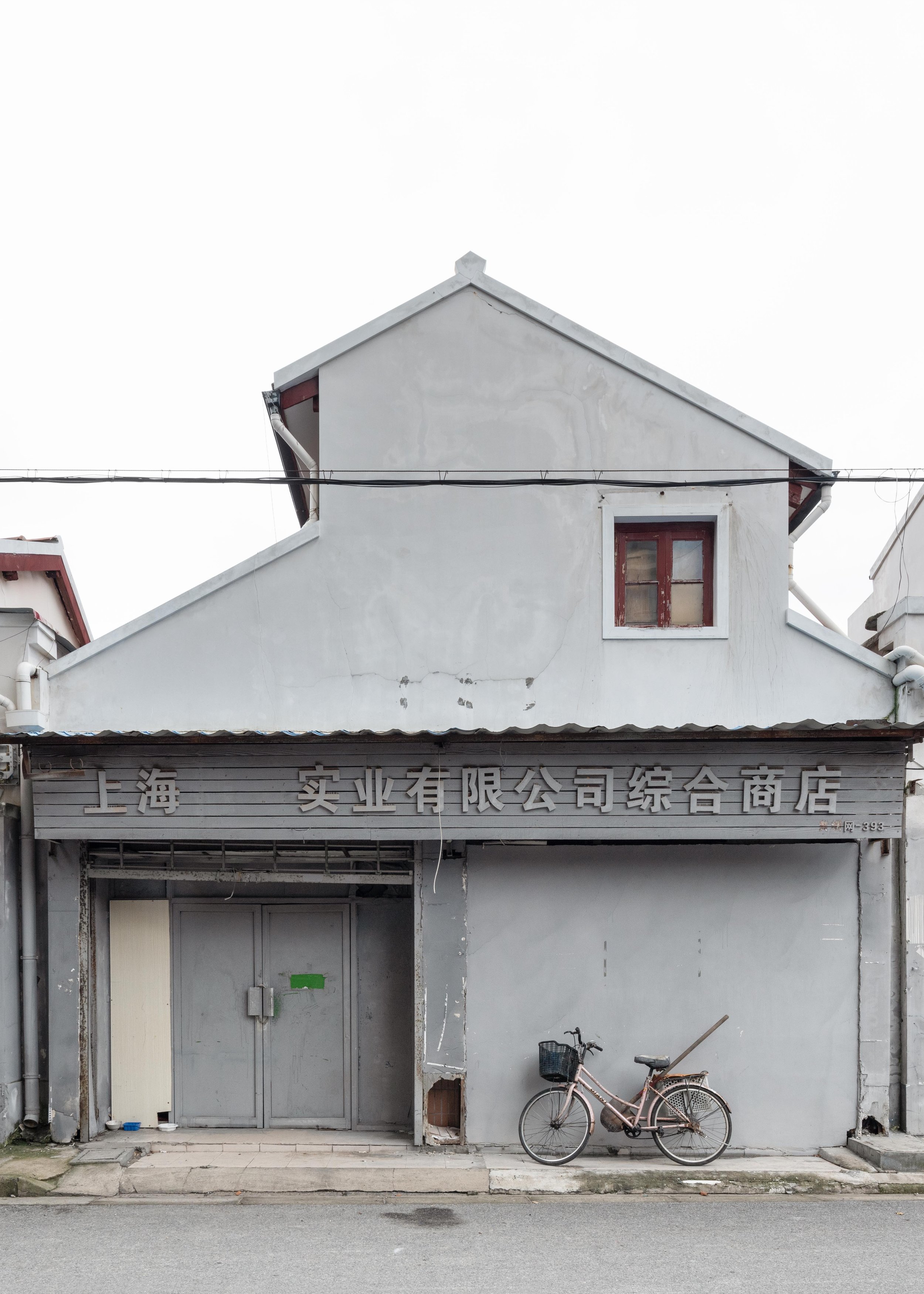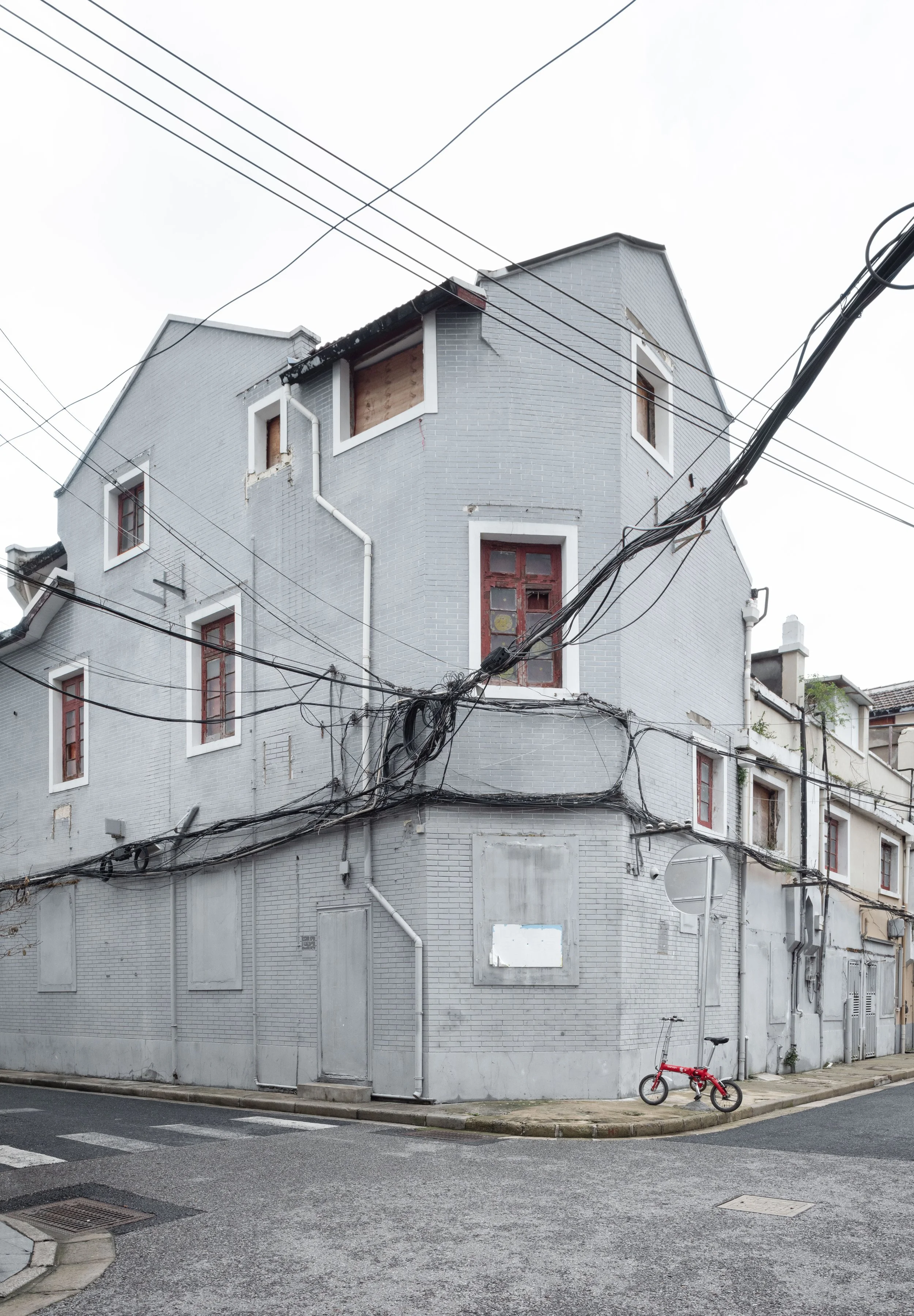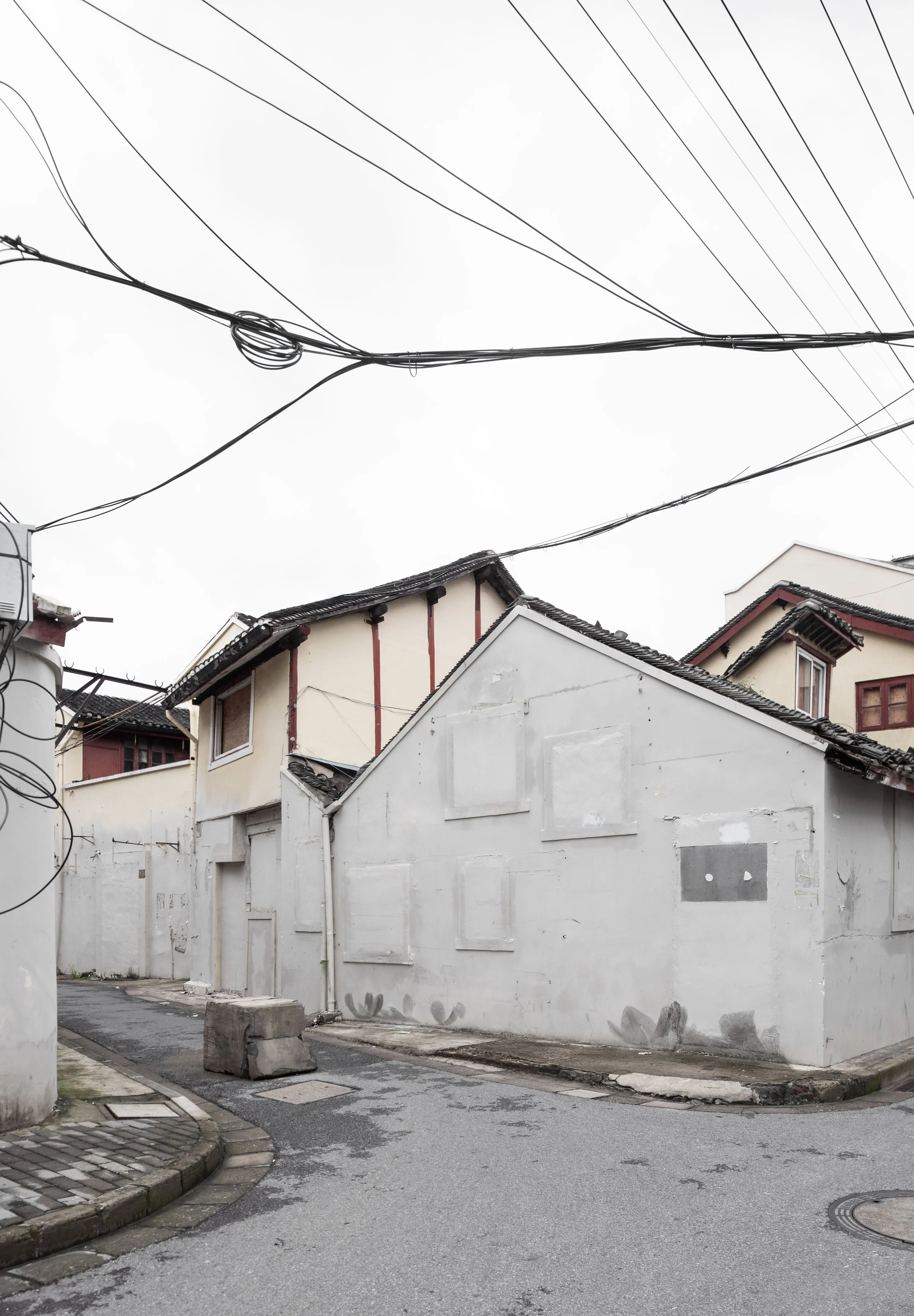THE GREY CATALOGUE
The act of cataloguing requires care, precision and a good dose of boldness − qualities necessary to immerse oneself in a dimension beyond time, suspended between a distant past, an uncertain future and a present which has yet to be defined. Typically driven by a breath of curiosity, the activity of cataloguing is carried out in a neutral space, away from the chaos of the city, where one can eagerly engage with specific objects, delving into their history and nature, to classify them by type according to their characteristics. It is thus possible to describe the ideal space of the researcher, who, in the act of ordering, holds the power of knowledge.
This is how, wandering the deserted streets of the Old City of Shanghai, Barbara Rossi was led to ponder the possible variations in the shades of grey of the buildings and walls, letting her fascination with a certain serial sobriety intertwine with the pleasure of knowledge through the act of memorization.
The Grey Catalogue was created as a photographic investigation aimed at documenting the empty working-class neighbourhoods – the Lilongs – and their typical architecture – the Shikumen – painted and sealed over time by a low web-like grey belt. This chromatic exploration is accompanied by descriptive notes that tell of the architecture and history of each portrayed subject. Through a rich range of ashen shades, the resulting archive of streets, buildings and views opens up to reflection on the rapid urbanisation of Shanghai promoted by the government. The shapes, materials and sensations collected by Barbara Rossi allow us to question the meaning of grey as the colour of contemporaneity.
Grey as melancholy: empty streets, like metaphysical squares, where not even shadows can mark the passing of time. Grey as the political, legal and moral ’grey zones': after being emptied, walled up and painted over with a single neutral colour, the Lilongs have become places of absence, waiting to be demolished.Grey as the non-colour, a synonym for indifference: the Shikumen are an example of vernacular architecture, a testament to the encounter between Chinese and Western cultures, at risk of being erased from collective memory. Grey as old age, a life cycle that is about to come to an end: a red lantern and abandoned bicycles are the last traces of the vibrant, colourful and bustling life of the working class before its eviction. Grey like the Grey Lords in Michael Ende's novel Momo, who steal time from unsuspecting men to meet the needs of an increasingly consumerist world. Similarly, time was taken away from the Lilongs’ inhabitants, leaving houses and streets suspended in a 'Country of the Present', where archiving becomes an exercise in research, as well as an act of memory.
What underlying logic guides the choice to freeze entire neighbourhoods, wrapping them in a veil of smoke and suspending them in an endless November-tinged limbo? The photographic research of The Grey Catalogue brings us closer to understanding a phenomenon whose methods and motivations still remain partially unclear, offering us a narrative in which cataloguing becomes the last possible act of preservation.
Text by Costanza Nizzi
Project realized with the support of Strategia Fotografia 2024, promoted by the Directorate-General of the Ministry of Culture in Italy.























